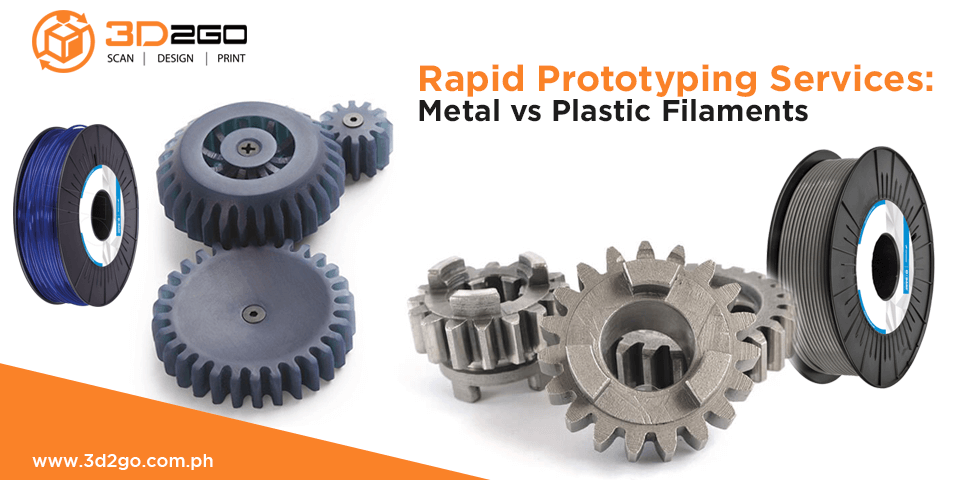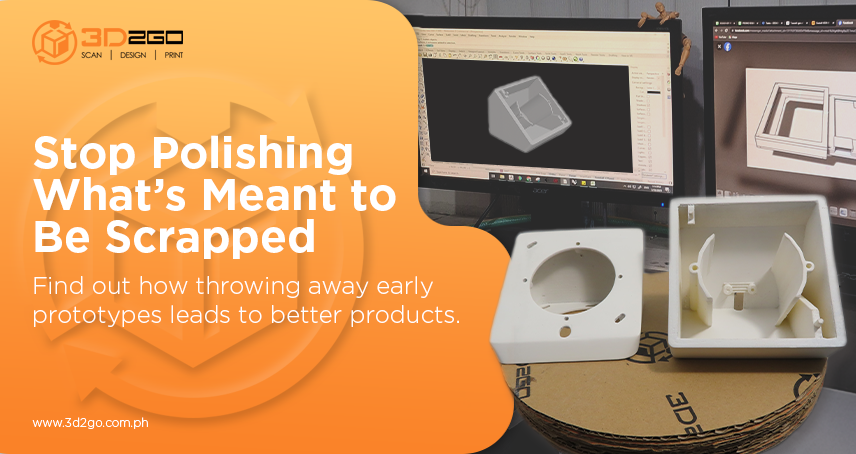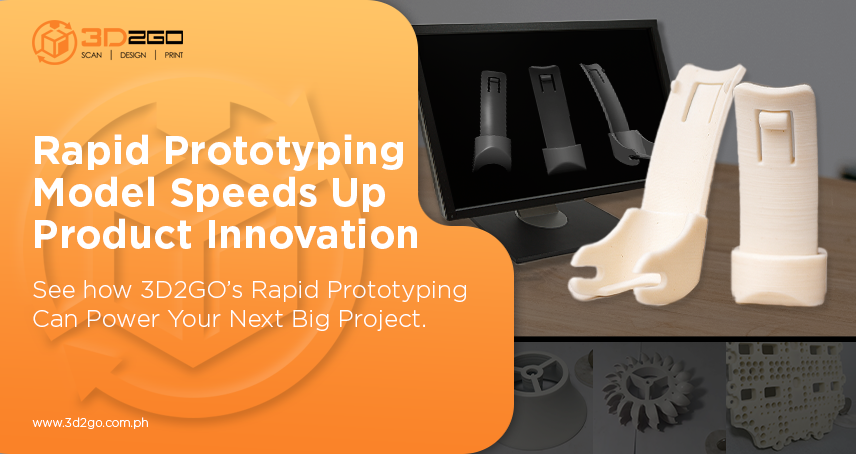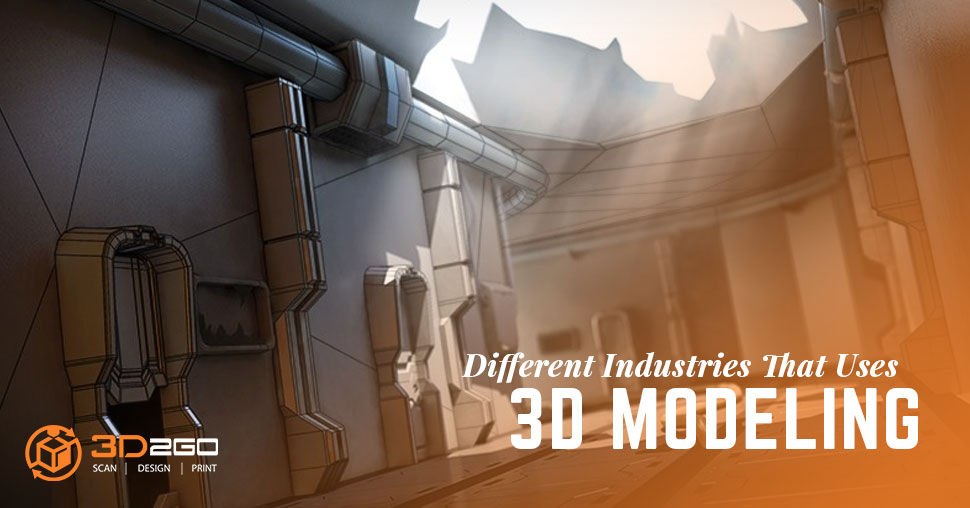
3D Modeling As Used In Various Fields
June 3, 2022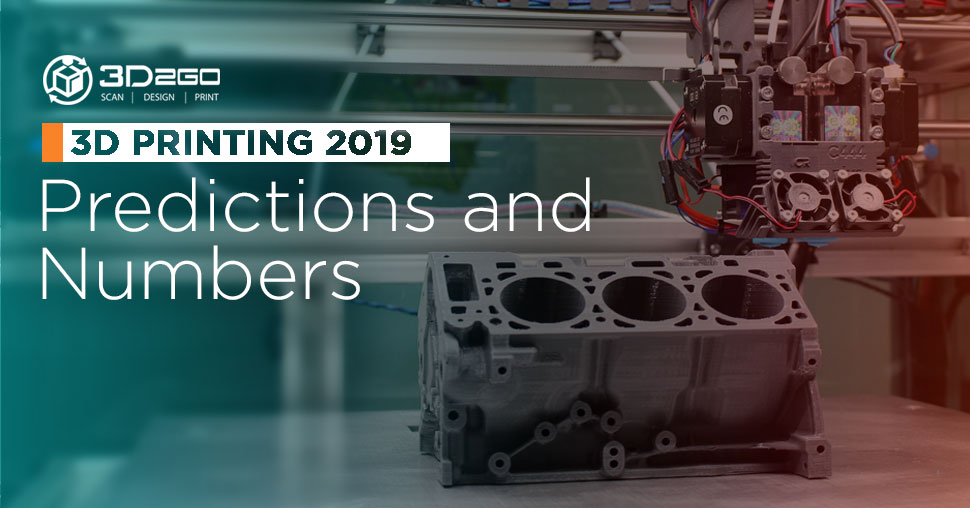
Expectations For 3D Printing This Year
June 3, 2022Several industries use different materials for their rapid prototyping services. Let’s find out the usage of plastic and metal filaments.
Rapid prototyping services help many companies in making their manufacturing process faster and efficient. This service allows manufacturers to test their design before making a mass production. Therefore, it prevents any massive problem when you detect an error after you produce thousands of your products.
There’s a lot of options that you can choose from when it comes to the materials you need. You need to decide which filament is applicable with your product.
There’s a plastic filament like Acrylonitrile Butadiene Styrene (ABS). As the name suggests, it is made of Acrylonitrile, Butadiene and Styrene polymers. You can use this material for personal or household 3D printing using Fused filament fabrication (FFF).
Another type of a plastic filament is the Polylactic Acid (PLA) material. It is made out of polyester which makes it more flexible in complicated shapes and designs.
Meanwhile, metal materials have a very specific function for rapid prototyping. Most usage of this filament is to showcase the strength of the design. However, this type of filament also has its limitations. So without further ado, let’s take a look at the comparison between plastic and metal filament.
Heat Resistance
As stated, manufacturers use metal filaments for some very specific functions. One of which is to resist a great amount of temperature. Soft metals like copper, metals, and bronze usually melt at 600°C. Whereas harder metals like aluminum and titanium have a melting point of 1000°C. It shows how much heat these materials can withstand.
Meanwhile, most plastic filaments have a melting point between 100°C-200°C. Despite the big discrepancy in heat resistance, plastic filaments still have their advantages.
For example, the printer you will use for prototyping metal filaments needs to be stronger than your material. The usual process is the printer will use a laser to produce a great amount of heat to selectively fuse the metal powder together.
Once done, the fused metal powder will form a solid part depending on the design. Over time, the components of the 3D printer will get damaged because of the great it produces the more you use it. On the other hand, 3D printers using plastic filaments have a better lifespan as it doesn’t need a great amount of heat to produce a prototype.
Availability and Cost
Plastic material is the most used filament in the 3D printing sector. So it is very evident that all suppliers have some kind of ABS or PLA available. Meaning it won’t take you a long time to start a prototyping process should you choose to have a polyester material.
Besides that, the vast supply of plastic material also reflected on its price. It is not a rare item so most suppliers tried to lower down the price compared to its competitors. After all, you will calculate the cost of 3D printer plastic materials based on the machine and feedstock you will use. Meaning cost is much more affordable compared to metals.
Meanwhile, metal power is hard to come by. Not all suppliers could give you this filament immediately. It has to go through a process called gas atomization. In this process, liquified metal is atomized by supersonic gas spray where it cools into microspheres. This is one of the reasons why there’s fewer metal 3D printing material manufacturers.
As you would’ve guessed, metals are also more expensive compared to plastic materials. Metals are 60% to 90% pricier than its counterpart. That’s why you must have a good reason or purpose before you use a metal as your material in rapid prototyping.
Production Environment and Complexity
When you think of a 3D printer, the first thing to come into your mind is a small machine standing on top of your desktop. You are actually imagining desktop 3D plastic printers. You can put this machine out in the open as exposure to oxygen will not significantly alter the material.
However, this is not the case for a metal 3D printer. You need to do a lot of sophisticated steps in order to achieve an excellent finished product. The machine should be locked up in an area where not much oxygen is available. This is because metals regularly experience corrosion and oxidation.
You need a tight closed area and to have a specialized means of storing and retrieving unused metal power without exposing it to air. Besides that, you need to feed the stock in your 3D printer into an inert environment. For example, you need to have a canistered nitrogen to put in a printer that uses steels for material.
Imagine all the complexity all you need to experience just to get a metallic prototype of your design. Meanwhile, the only thing you need to prototype using a plastic material is the design in the software and you’re ready to go.
Post-Processing
In metal 3D prototyping, post processing is a requirement in order to improve the mechanical properties and overall aesthetics of the item. However, it is more elaborate and expensive than you could imagine.
Post-processing metal prototypes need a lot of heavy duty tools. Some of these tools include band saws, machining centers, and wired electric-discharge machining. Thus, you might need access to a CNC machine shop in order to finish post-process.
In contrast, post-processing of 3D printed plastic prototypes is so much easier. You can manipulate the design without using any sophisticated machine. In fact, the designer can just use their bare hands or simple tools to fix the 3D prototype.
It means using a plastic material is much faster to produce compared to metal filaments. After all, the main reason why you do “rapid” prototyping is to have a quick look at your product. To see if there’s anything that you can change or improve. Plastic material will surely accomplish this purpose.
All in all, plastic material has the more convenient attributes compared to metals. The overall affordability and simplicity of using polyesters outmatched metals’ durability. However, if you need to test the strength of your design in the toughest environment then we recommend the use of metal. Then again, it all depends on the purpose of the prototype.
Industries That Could Use 3D Metal Printing for Rapid Prototyping
As stated, there are some industries that prefer to use 3D metal for their rapid prototyping service. Of course they have a good reason to think that it is the better filament for them. They would rather have a complicated process and more time to produce rather than suffering in the long run.
The most possible sector to use metal as their material is the automotive manufacturers. It makes sense as they have to test the overall durability of their cars. Using a plastic filament will not give any positive result to them. In fact, it might just give them some inaccurate results during the mass production.
Aside from automotive, companies producing some sort of mode for transportation are the usual user for metal filaments. For example in aircraft manufacturing, they need to test how much heat their components can withstand before it collapses. So, if it’s for the safety of the users then it is really much better to use a metal filament for the prototype.
Industries That Could Use 3D Prototyping Service with Plastic Filaments
Having a fast production time is the reason why industries use rapid prototyping. They need to test the effectiveness of their product immediately before selling it to the public market. This way, they can avoid any major problem of pulling out the product if someone found out that it is substandard.
Usually, manufacturers that produce small to medium items use plastic filaments. Companies like in architectural firms only need a small prototype of the infrastructure to show to their clients. They don’t need a metal prototype since they already figured out from planning what type of steel to use.
Besides, they need to have the prototype as quick as possible which they can’t achieve if they’re prototyping a metal infrastructure.
Another industry that benefits a lot from prototyping plastic filaments is the medical sector. They need to get a prototype of their medical equipment that they will use in the hospitals. Metals are not that advisable for these equipment since it has to be agile for easy use. We know that metal prototypes are heavier compared to polyester.
In conclusion, those sectors using metal filaments are also considering plastic materials for some of their components. Meaning you can use ABS and PLA material in almost any industry.
3D Printing Prototype Service Provider
All in all, 3D2GO is your best choice when it comes to 3D rapid prototyping. By all means, we have a wide range of services to help businesses and consumers with their 3D needs.
To emphasize, 3D2GO is the only one-stop-shop for everything 3D-related in the Philippines. Our services also include:
- Scanning
- Designing
- Printing
- Post-Processing
- Reverse Engineering
We encourage our clients to be more creative in having concepts in their design. With this in mind, contact us today. You can experience the excitement of turning your ideas into reality.


